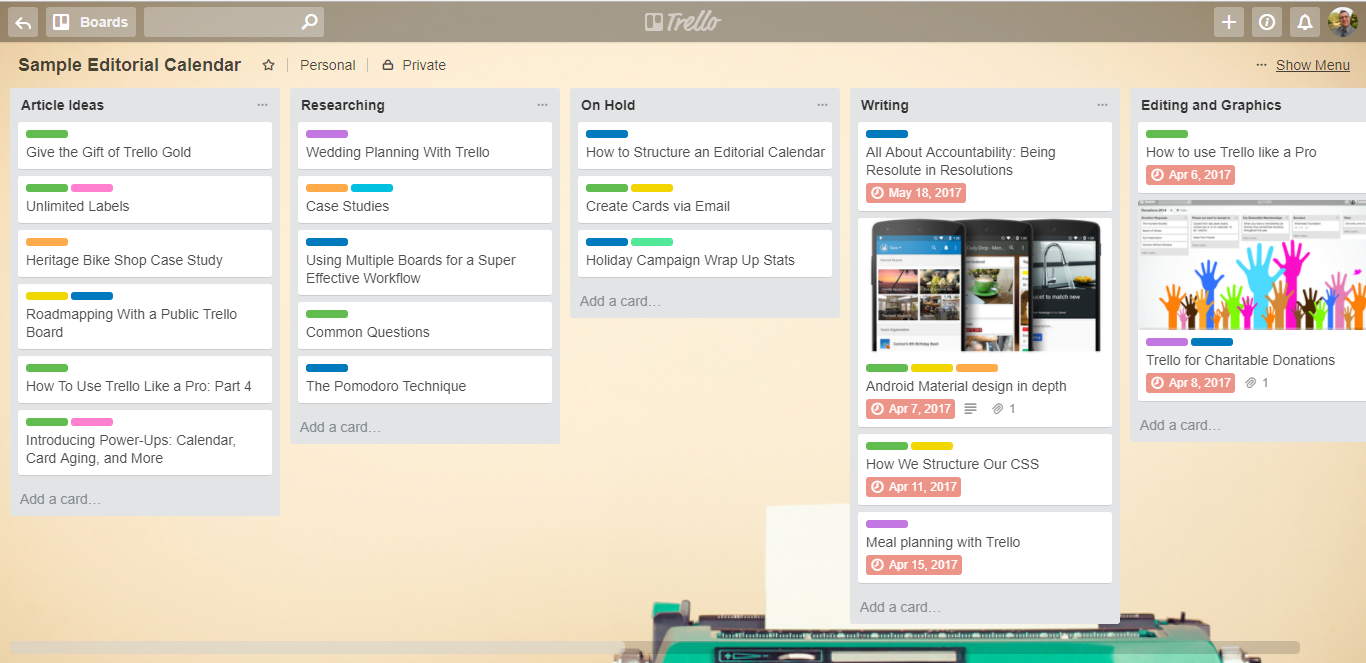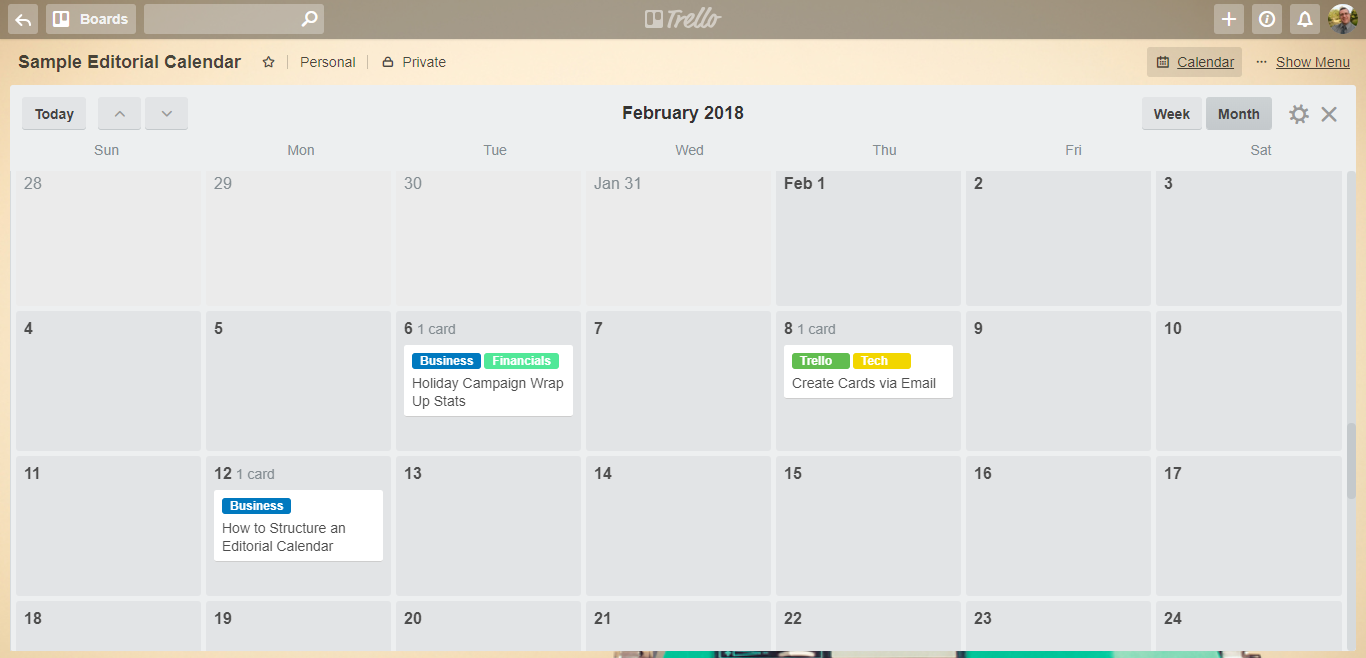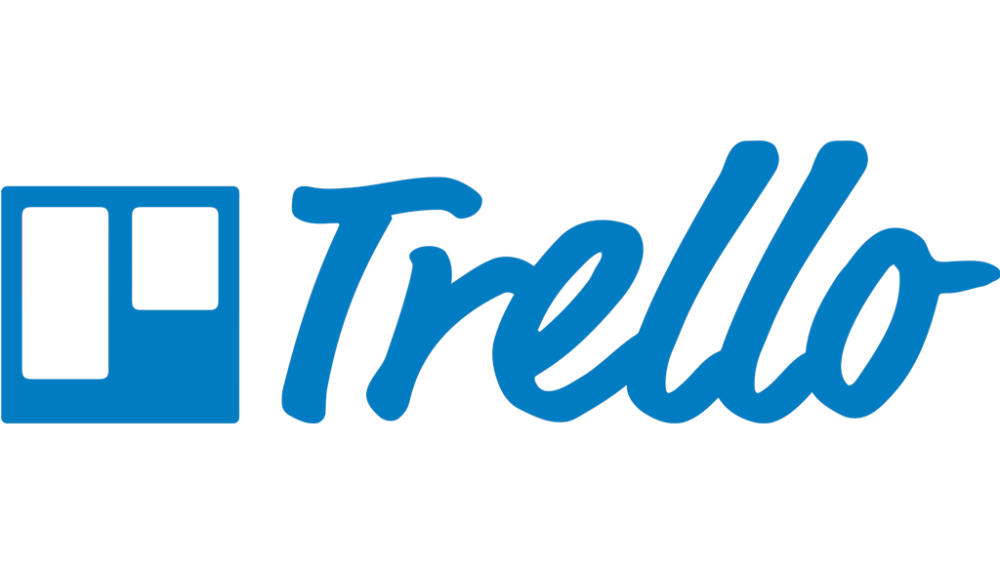
Example of an editorial calendar managed through Trello
Whether you’re trying to manage an editorial calendar or are working to coordinate general marketing activities, project management is always a challenge. Even if you’re working on your own, staying organized can be challenging.
While there are a variety of project management tools on the market today, few are as simple and effective as Trello.
For those familiar with project management techniques, you’ll notice that Trello is like a virtual Kanban board. Rather than limiting yourself to space on sticky notes, you can go quite a bit further.
Aside from creating descriptions and using comments for collaboration, individual cards within Trello can be customized with text, images, labels, attachments, and other essentials. There’s also built-in commenting so users can keep discussions organized.

Example of a card for an individual task
As a writer, I’m a huge fan of attaching Google Docs to Trello cards, as it not only keeps files organized, but also makes it easy for everyone to collaborate in a single location.
One of the most notable features of Trello is their support for dozens of “Power-Ups” which enable users to integrate external tools into their workflow. In the screenshots above, MailChimp integration is enabled.
Users who need additional functionality can even build their own power-ups.
Below is a screengrab of Trello’s calendar view:

Trello comes in both free and paid versions. Trello Business Class starts at $9.99/user per month. The main benefits of the paid tiers are support for unlimited power-ups and support for granular user permissions.
Author’s LinkedIn: Charles Costa









Comments are closed.